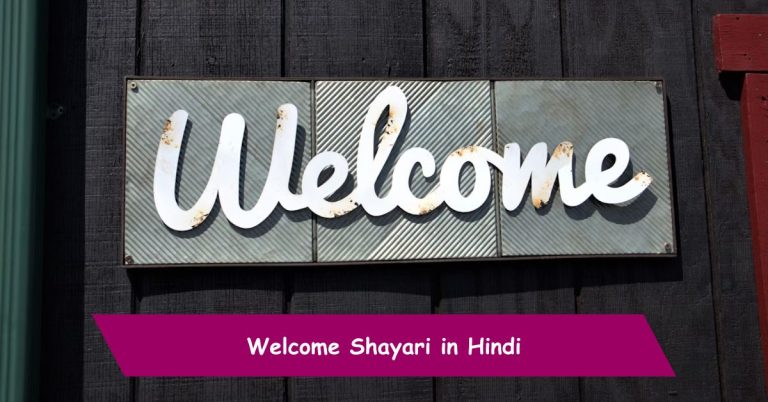From Burnout to Balance: Redefining Productivity in Modern Life

Burnout has become a familiar condition in a world where constant connectivity and endless to-do lists define success. The traditional idea of productivity — maximising output with minimal downtime — is proving unsustainable for many. Work and life pressures are merging, pushing people to their limits. Amid these changes, the call to shift from burnout to balance is gaining traction. Understanding how to redefine productivity is not only timely but essential. On this website, users can momentarily escape routine demands with entertainment options, which highlight the growing role of breaks and leisure in daily life.
The Burnout Epidemic
Burnout is no longer a term reserved for high-pressure professions. It now affects employees, freelancers, caregivers, and even students. Symptoms include chronic fatigue, reduced efficiency, and emotional exhaustion. According to surveys and workplace studies, burnout is linked to unclear expectations, constant digital interruptions, and an “always on” culture.
Work no longer ends when people leave the office — notifications, emails, and tasks follow them home. Rest and recovery are often viewed as signs of weakness or low ambition. The idea that rest fuels productivity has not been widely accepted, despite growing evidence from research and psychology.
The Legacy of Outdated Productivity Models
Historically, productivity has been measured by the quantity of output. This mindset stems from industrial-era thinking, where efficiency meant producing more in less time. But this approach doesn’t translate well into modern knowledge-based work.
Today’s professionals navigate complex tasks that require creativity, problem-solving, and emotional resilience. These qualities degrade under stress and fatigue. The more we push for output without proper input, like sleep, reflection, and recovery, the less effective we become.
Overemphasis on hours worked rather than results achieved is a key problem. People stay busy but not necessarily effective. Meetings, multitasking, and reactive work crowd out space for strategic thought.
Rethinking What It Means to Be Productive
To move from burnout to balance, productivity must be reframed. Instead of asking “How much did I do today?” a better question is “Did I move forward in what matters?” Actual productivity prioritises purpose and sustainability.
This shift involves embracing fewer, more meaningful tasks each day. Time-blocking, setting boundaries, and aligning daily actions with long-term values are part of this approach. It also means acknowledging that downtime is not the opposite of work but a complement to it.
Breaks, hobbies, and even moments of boredom are crucial for mental reset and long-term engagement. The rise in mindfulness practices, flexible schedules, and minimalism points to a cultural shift in this direction.
Technology: Help or Hindrance?
Technology can both fuel burnout and support balance. On one hand, it enables remote work, global collaboration, and instant communication. On the other hand, it blurs boundaries and fosters distraction.
The key is intentional use. Productivity tools should be used to reduce mental clutter, not increase it. Calendar apps, task managers, and focus timers can help users structure their day. But without self-discipline, they become one more layer of noise.
Digital hygiene — such as disabling nonessential notifications and scheduling device-free time — plays a role in reclaiming mental clarity. Awareness of how we use technology is more important than the technology itself.
The Role of Culture and Leadership
Workplace culture strongly influences whether people experience burnout or balance. When leaders model overwork, employees feel pressured to follow. But productivity becomes sustainable when leaders set clear expectations, support work-life integration, and promote healthy routines.
Open communication, psychological safety, and autonomy are also important. Employees should be encouraged to speak up about workload, mental health, and time management. Trust-based work environments tend to have higher engagement and retention.
Redefining productivity also includes respecting individual rhythms. Some people thrive in the early morning; others are most creative at night. Flexibility helps people bring their best selves to work without draining energy reserves.
Building a Balanced Life
Achieving balance doesn’t mean avoiding effort or stress altogether. It means managing these forces with intention. This involves several practical steps:
- Clarify priorities each week. Identify the one or two tasks that truly matter.
- Schedule breaks and leisure like appointments — non-negotiable and protected.
- Reflect regularly on what’s working and what’s not. Adjust routines accordingly.
- Protect boundaries between work and personal life, especially in remote or hybrid setups.
- Invest in recovery through sleep, physical activity, and time with others.
Balance is not a static state but an ongoing process. There will be times of greater demand, but these should be balanced with deliberate recovery.
Conclusion
Modern life challenges outdated ideas of productivity. The costs of burnout are too high, both personally and economically. Moving toward balance requires individual choices and collective changes. Productivity should be defined not by how much we do, but by how effectively we live.
A more balanced approach fosters resilience, clarity, and long-term performance. As this cultural shift continues, redefining productivity becomes more than a personal project — it’s a necessary evolution in how society values time, work, and well-being.







